While Elon Musk’s building badass rockets to scour the cosmos, a different kind of space emerges here on earth. In today’s article, we explore the future of remote collaboration and answer the Internet’s hottest question: “What is the metaverse?”
Following Mark Zuckerberg’s recent plans to turn Facebook into a “metaverse” company, we take a deep dive into the fantastical world of the Metaverse. You’ll learn where the concept comes from, what it means, and how it will shape the future of remote work.
💡 Before we launch… The future of collaboration is unfolding at this moment. But what about its past? Take a sentimental journey back in time with these articles.
- 🌊 Google Wave’s Failure and Modern Collaboration Tools
- 🏓 Multiplayer Software: From Games to Collaboration Tools
- 🌐 History of Web Browsers and Online Productivity
- 🌳 Past, Present, and Future of Outlining Software
🚀 What Is the Metaverse? A Pocket Guide
“So Hiro’s not actually here at all. He’s in a computer-generated universe that his computer is drawing onto his goggles and pumping into his earphones. In the lingo, this imaginary place is known as the Metaverse. Hiro spends a lot of time in the Metaverse. It beats the shit out of the U-Stor-It.”
Neal Stephenson, Snow Crash (1992)
Who Created the Metaverse?
The Metaverse—a blend of “meta” (beyond) and “verse” (universe)—sounds like stuff straight out from a sci-fi novel. And that’s actually the case as the concept originated with the 1992 cyberpunk novel Snow Crash by Neal Stephenson.

Snow Crash (1992) cover art via Neal Stephenson(1)
In Stevenson’s work, “the Metaverse” is a computer-generated virtual reality. People can access the space in the form of “avatars,” which are essentially virtual renditions of physical bodies used for navigating the Metaverse and interacting with its elements.
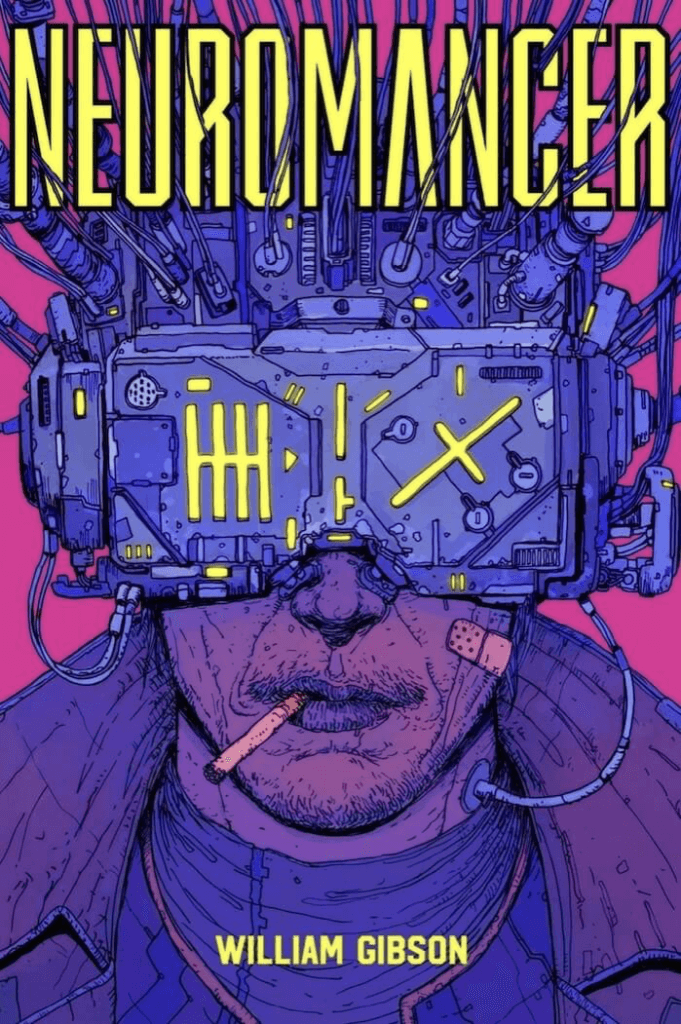
Neuromancer (1984) cover art by Deathburger via CyberPunks.com(2)
Similar metaverse-esque worlds appear in other sci-fi novels, most notably in William Gibson’s Neuromancer (1984). More recent examples are Richard K. Morgan’s Altered Carbon (2002) and OASIS from Ernest Cline’s Ready Player One.

Ready Player One novel cover art by Ints Valcis via Flickr(3)
But the Metaverse isn’t just a writer’s fancy.
XR, VR, AR… What Does “Metaverse” Mean Today?
According to the Metaverse Roadmap, a 2008 initiative by the Acceleration Studies Foundation (ASF), the Metaverse is a hybrid of physical and virtual reality.
“The Metaverse is the convergence of 1) virtually enhanced physical reality and 2) physically persistent virtual space. It is a fusion of both, while allowing users to experience it as either.”
Metaverse Roadmap Overview(4)
So far so good.
The problem with defining the Metaverse is that nobody has really created one. Granted, platforms like Habbo and Second life attempted to develop fully-fledged virtual worlds in the early 2000s. But those worlds are still very much work in progress.
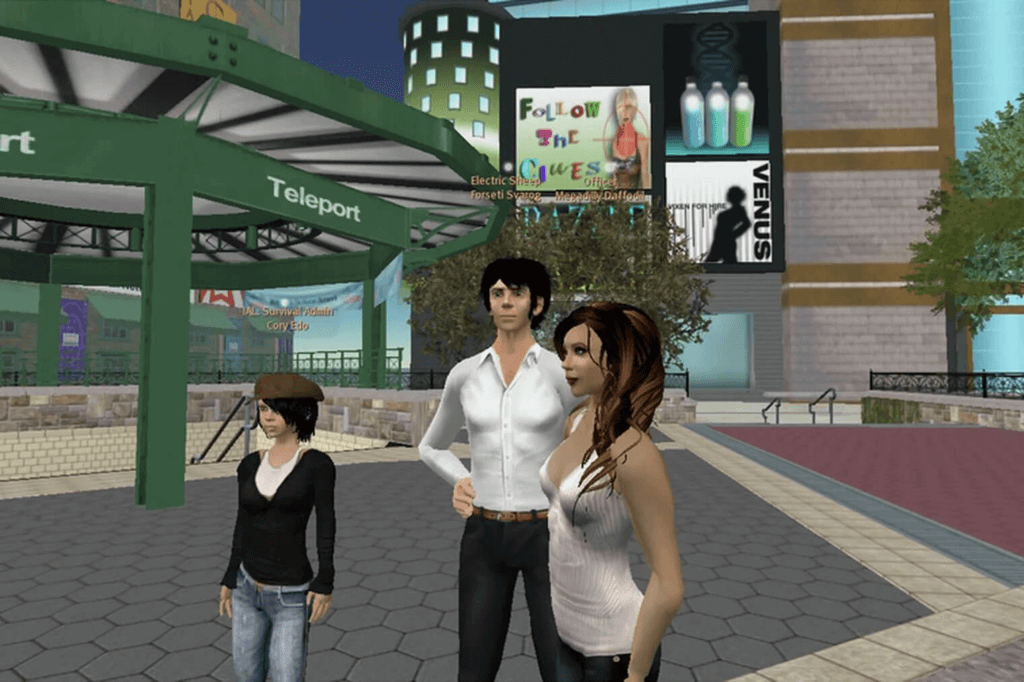
Second Life gameplay via Polygon(5)
As far as the Metaverse goes, the entertainment industry has the highest chance of blending reality and virtual worlds. With proper funding and access to powerful technology like Unreal Engine, Epic’s Fortnite seems to be on the right track.

Fortnite gameplay by Epic Games(6)
Matthew Ball, a VC and co-founder of Ball Metaverse Research Partners, argues that the Metaverse will, at least on the technical end, become the Internet v2.
“They are digital worlds, devices, services, websites, etc. The Internet is a wide set of protocols, technology, tubes and languages, plus access devices and content and communication experiences atop them. Metaverse will be too.”
”The Metaverse: What It Is, Where to Find it, Who Will Build It, and Fortnite”(7)
So, putting it all together, what is the Metaverse exactly? While many place it on par with virtual reality (VR), it’s actually closer to extended reality (XR). The Metaverse is a fusion of the real and virtual world made possible by complementing technologies.
“But hey, what does it have to do with remote collaboration?” 🤔
🤝 Remote Collaboration in the Metaverse
“We’ve had metaverse aspirations for a very, very long time. It started with text chat in realtime 3D with 300-polygon strangers. But only in recent years have a critical mass of working pieces started coming together rapidly.”
Tim Sweeney, founder and CEO of Epic Games(8)
Why Is the Metaverse Important?
Even the greatest remote skeptics can’t deny the role of remote work in the last 18 months. After all, telecommuting has kept many businesses afloat and helped the economy keep rolling all throughout the global COVID-19 pandemic.
Yet, even despite its benefits, a fully remote or hybrid work environment still lags behind what direct, face-to-face collaboration has to offer. It has its problems too.
- 🚧 Time zone differences
- 🚧 Communication silos
- 🚧 Hardware/software issues
- 🚧 Pesky home-office distractions
- 🚧 Scarce true real-time interactions
- 🚧 Lack of personal touch
- 🚧 Low individual visibility
But what if we could find a way to bridge the gap between physical and virtual spaces? Could that make remote communication as good or even better than the real thing?
A full-on immersion in a computer-generated world is still years away. But the premises of the Metaverse promise a brighter future of remote collaboration.
What We Need to Make the Metaverse Work
According to Rabindra Ratan and Yiming Lei from Michigan State University, there are three core Metaverse characteristics—presence, interoperability, and standardization.
Let’s see what each of those qualities means.
- 👁 Presence. The International Society for Presence Research defines presence as “an illusion of nonmediation in which users of any technology overlook or misconstrue the technology’s role in their experience.”(9) It’s a sense of occupying a virtual space that can be achieved with tools like virtual reality (VR) headsets.
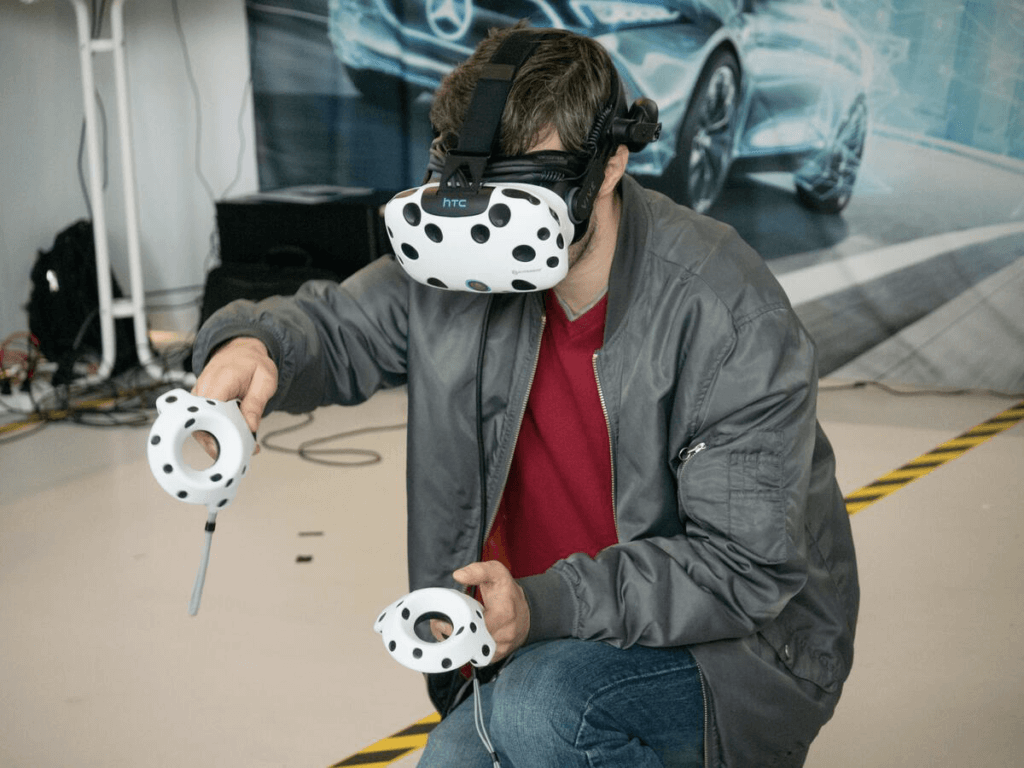
Exhibition for virtual reality (VR) by XR Expo via Unsplash(10)
- 🔗 Interoperability. Interoperability is the ability to use, interact with, and transfer assets—this can include digital goods and virtual identities—within the Metaverse spaces. interoperability requires the cooperation of leading Metaverse companies, content creators, as well as a set of standards and universal protocols.
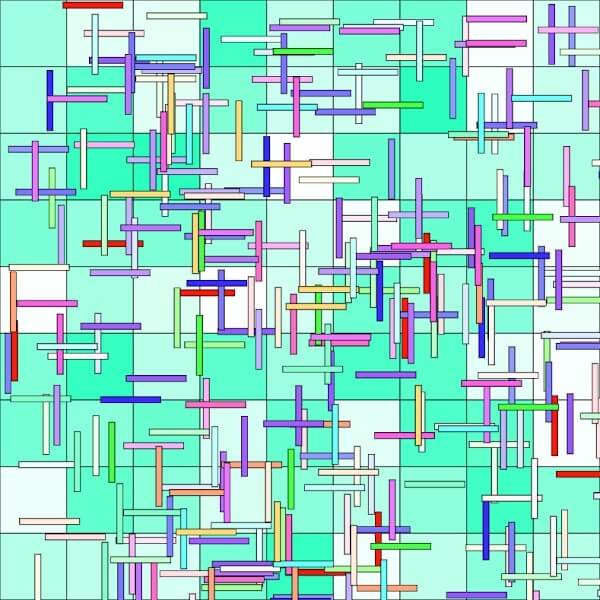
NFTs and digital art underpin the emerging Metaverse.
Granularity by cottonchipper via OpenSea(11)
- ⚙️ Standardization. Just like HTTP, TCP, and IPv4 make the Internet tick, the Metaverse needs standardization so the hardware and software that run under its hood are cross-compatible. Standardization is the glue that will hold the Metaverse together and make interoperability possible.
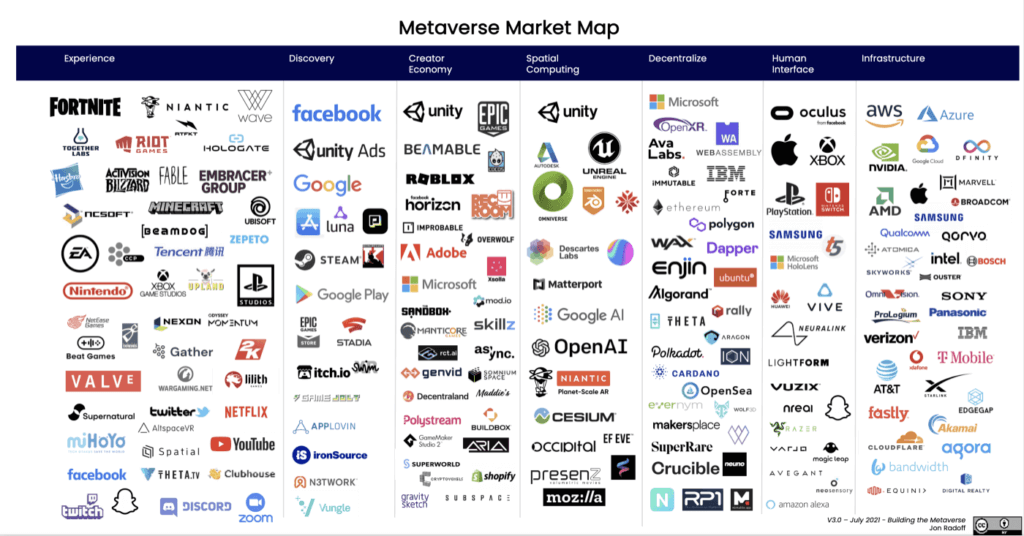
Metaverse Market Map by Jon Radoff via Medium(12)
Combined, those qualities bridge the gap between the virtual and physical world. They also ensure that the technology, tools, and components of the Metaverse are compatible.
In the same way, collaboration in the Metaverse will bring teams and organizations closer than it’s possible today. With fewer technological and regulatory obstacles, the Metaverse will make collaboration and communication easier and more effective.
Beyond Video Conferencing
In a follow-up interview with The Verge, Facebook’s CEO argues that remote meetings, and video conferencing in general, lack the dynamic of face-to-face interactions. And that’s something the Metaverse, in one form or the other, will get right.
“In the future, instead of just doing this over a phone call, you’ll be able to sit as a hologram on my couch, or I’ll be able to sit as a hologram on your couch, and it’ll actually feel like we’re in the same place, even if we’re in different states or hundreds of miles apart.”(13)
Holograms are still a song of the future. But Facebook’s Reality Labs, the company’s AR/VR division, has just cooked up a fun appetizer. Facebook’s Horizon Workrooms is a free Oculus Quest app that allows users to run meetings and roam virtual offices.

Horizon Workrooms by Facebook Reality Labs(14)
Others in the Big Tech ilk are also exploring the possible applications of the Metaverse for effective communication. Google’s “Project Starline” combines real-time compression with 3D software/hardware for more immersive digital conversations.
The Omniverse, NVIDIA’s real-time simulation and collaboration platform, is another interesting take on the Metaverse. The project meshes the power of NVIDIA’s GPU technology with a range of business services and 3D tools.
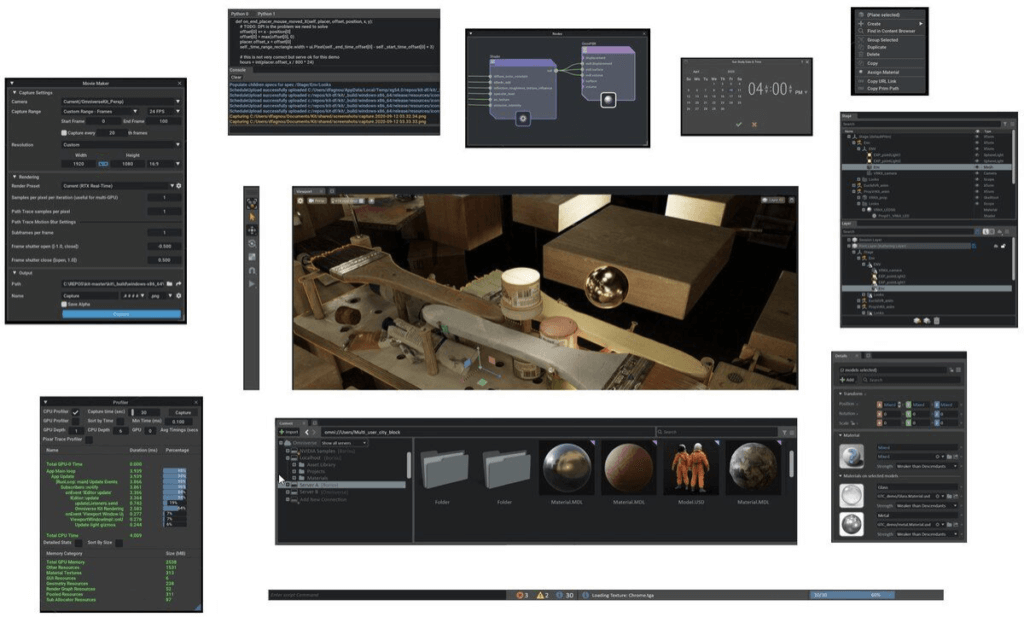
NVIDIA Omniverse Kit by NVIDIA Corporation(15)
Plug-and-Play Work Experience
These days, remote collaboration is a pretty hermetic experience. There are thousands of apps and platforms that enable teams to tackle a variety of projects. But few of them manage to offer smooth transition between collaboration, planning, and communication.
The solution?
Apps like Ready Player Me by Wolf3D are already making it possible to create 3D avatars for use across multiple platforms. The app lets you snap a photo of your face and transform it into a customizable 3D model compatible with over 200 online services.

Ready Player Me avatars by Wolf3D(16)
Metaverse avatars will give users universal access to collaboration hubs, social networks, and other types of software, all accessible with no extra sign-ups required.

Avatar SDK is an AI-powered avatar creation tool
with support for Unreal Engine(17)
And the best part? A metaverse based on digital avatars and non-fungible tokens (NFTs) could put an end to walled gardens. That means it has the potential to make remote collaboration a plug-and-play experience, a 180 from what it is today.
Designing a Collaboration Space
A typical video conference is a bland experience. You join a chat room, choose a (nick)name, pick a fancy virtual background, and are welcomed by a grid of faces.

A typical video conference, photo by Maxime via Unsplash(18)
But what if you could design an entire meeting space from the ground up? You know, hang some virtual posters, “arrange” virtual desks, and give things a touch of color.
Platforms like Gather.town let you create and customize virtual offices and populate them with friendly avatars. All that to make collaboration more organic.

Gather.town character picker by Gather(19)
Mozilla employs a similar idea in its Hubs platform that gives you the power to design a virtual meeting space and invite people to hang around and chat.

A real-time meeting in Mozilla Hubs, image by Mozilla(20)
Rec Room, a VR game made with the Unity engine, takes the concept a step further. Not only does the app work on multiple platforms―this is one of the interoperability criteria―but it also prioritizes user-generated content, a prerequisite to the Metaverse.

Rec Room press materials by Rec Room Inc(21)
Imagine a virtual office that has a life of its own. Even when your team members aren’t logged in, you can still roam the space, read bulletin boards, leave goofy notes on whiteboards, or join training & wellness events happening in real-time.
Collaboration in the Metaverse sounds like fun, right?
👋 Parting Words
So, what is the Metaverse? Is it the next version of the Internet, a dystopian virtual reality, or something completely different? Let’s hope we’ll soon find out.
Of course, the Metaverse will need its own regulations, standards, and protocols before it can take off. It’ll also need collaboration on the part of major hardware/software providers, IP owners, and content creators to make the experience worthwhile.
One thing’s certain. When the Metaverse does come, the world of remote collaboration will never be the same. And we’re thrilled to contribute to that future with Taskade.
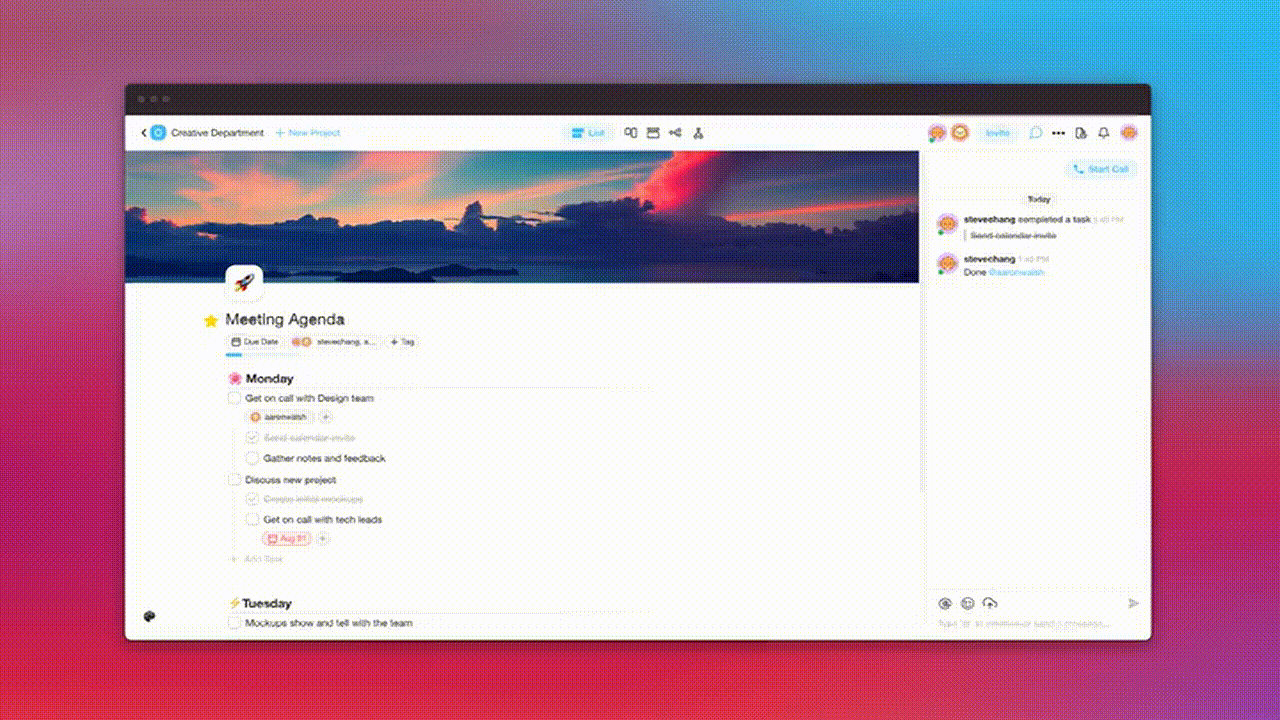
Taskade is a unified workspace that lets teams work, chat, and get stuff done in the same app, in the same window. Because context switching sucks. We’re also one of the few project management tools that offer true real-time collaboration.
Taskade will help you and your team tackle tasks, manage projects, and track progress on desktop, mobile, and in a web browser across all modern operating systems. It’s a complete PM suite in an elegant, intuitive, and user-friendly wrapping.
Create a free account and take Taskade for a spin!
🔗 Resources
- https://www.nealstephenson.com/snow-crash.html
- https://www.cyberpunks.com/william-gibsons-neuromancer-a-novel-ahead-of-its-time/
- https://www.flickr.com/photos/asmodejs/19124114336
- http://metaverseroadmap.org/inputs4.html#glossary
- https://www.polygon.com/gaming/2012/8/17/3248748/second-life-is-coming-to-steam
- https://www.epicgames.com/fortnite/en-US/news/what-is-fortnite-beginners-guide?sessionInvalidated=true
- https://www.matthewball.vc/all/themetaverse
- https://twitter.com/TimSweeneyEpic/status/1404240555119349763?s=20
- https://ispr.info/
- https://unsplash.com/photos/sTdZIYiWwuA
- https://medium.com/building-the-metaverse/market-map-of-the-metaverse-8ae0cde89696
- https://www.theverge.com/22588022/mark-zuckerberg-facebook-ceo-metaverse-interview
- https://about.fb.com/news/2021/08/introducing-horizon-workrooms-remote-collaboration-reimagined
- https://developer.nvidia.com/nvidia-omniverse-platform
- https://readyplayer.me/
- https://twitter.com/avatarsdk/status/1324390988043952131/photo/1
- https://unsplash.com/photos/N9-brZl3Szo
- https://www.gather.town/
- https://hubs.mozilla.com/
- https://recroom.com/press


 How to Plan Effective Project Team Meetings: Strategies for Success
How to Plan Effective Project Team Meetings: Strategies for Success  14 Best AI Tools for Planning and Running Meetings
14 Best AI Tools for Planning and Running Meetings  Creating Customer Service SOPs: A Guide for Streamlining Your Support
Creating Customer Service SOPs: A Guide for Streamlining Your Support 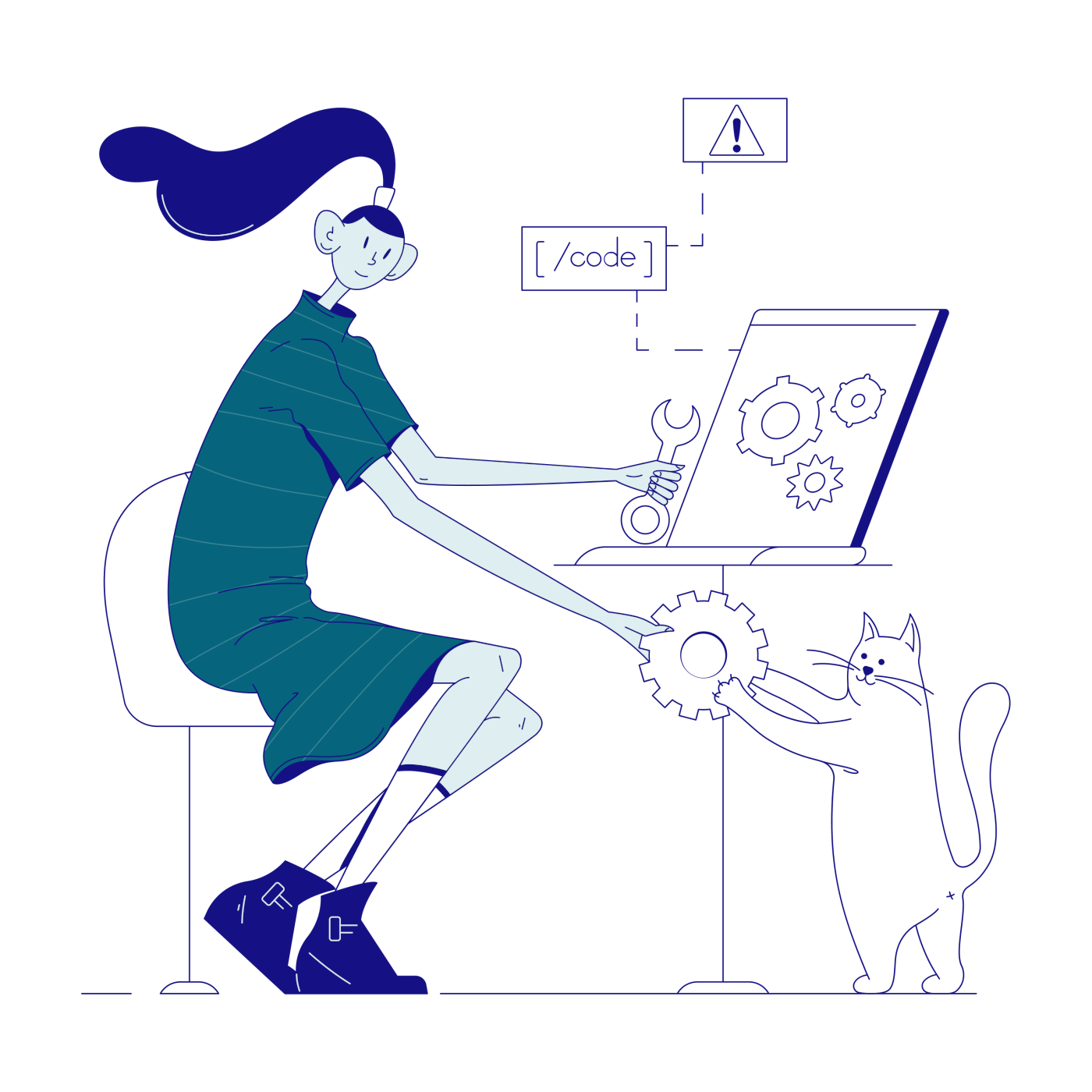 15 Top AI Content Marketing Tools for Remote Teams
15 Top AI Content Marketing Tools for Remote Teams 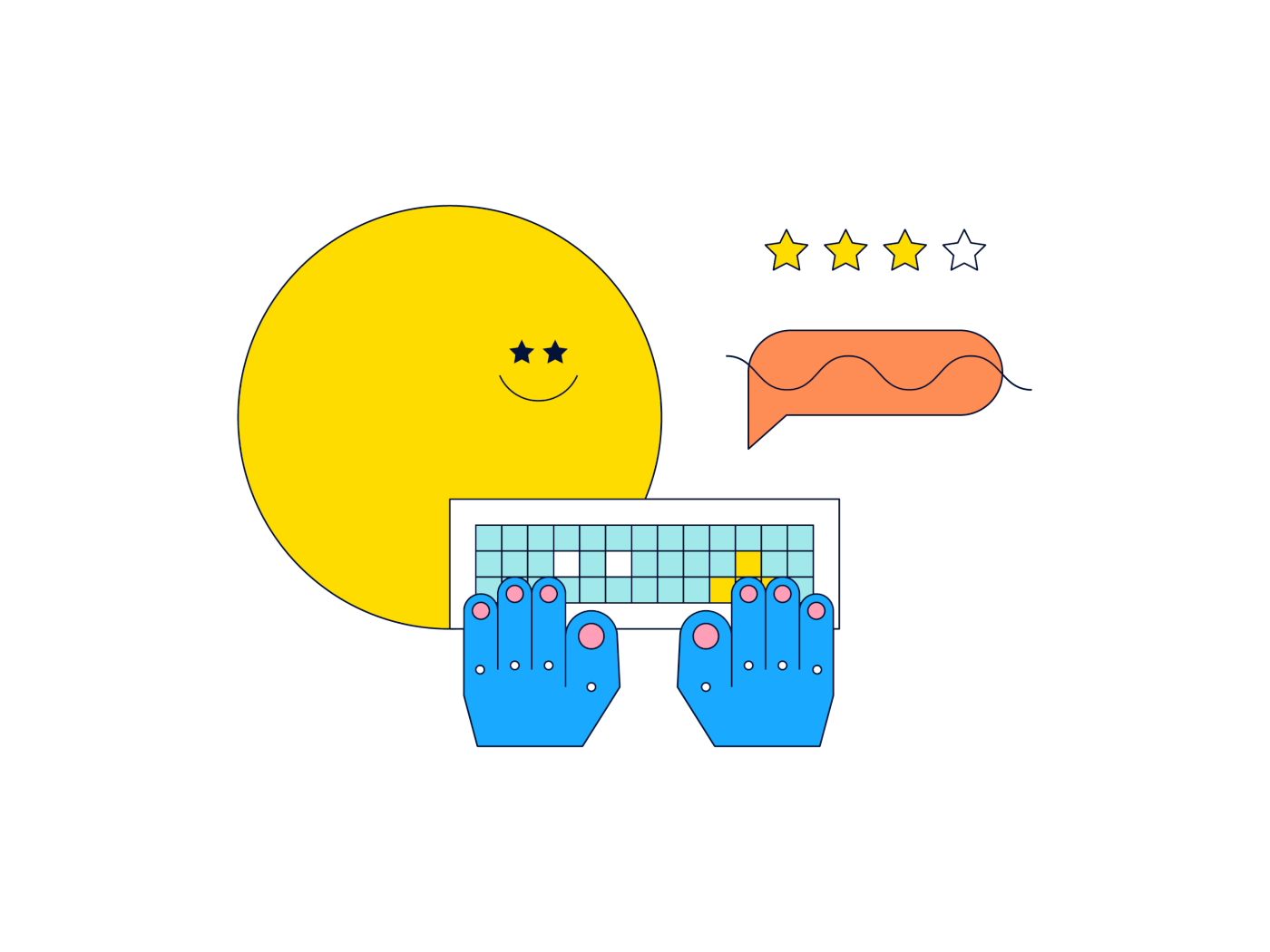 9 Top AI Brainstorming Tools for Virtual Teams in 2024
9 Top AI Brainstorming Tools for Virtual Teams in 2024  14 Best AI Collaboration Tools for Remote Teams (Updated 2024)
14 Best AI Collaboration Tools for Remote Teams (Updated 2024)